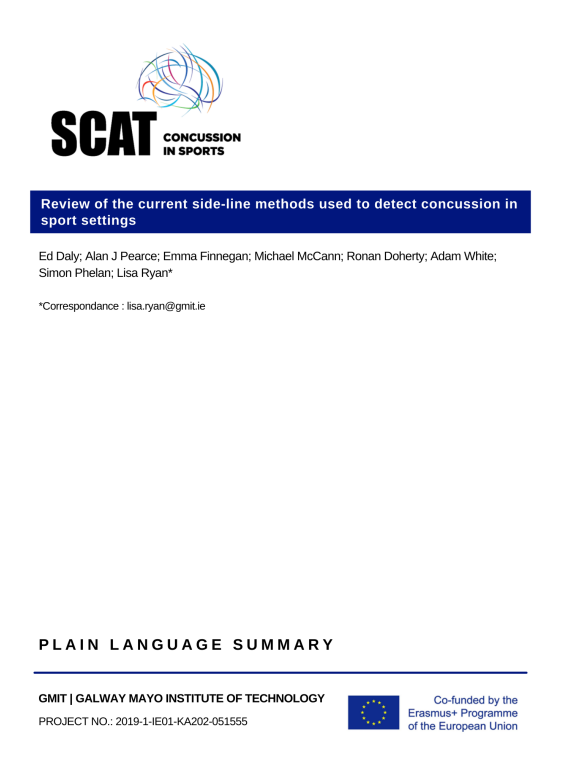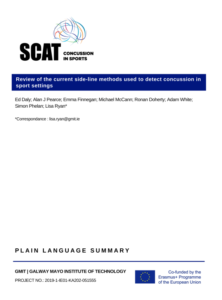
Review question
What are the current side-line screening methods used to establish the diagnosis of acute concussion or suspected concussion across sports in an adult population?
Background
What is a concussion?
A concussion is a mild form of traumatic brain injury (TBI) that may alter how the brain works and can temporarily disrupt functions such as concentration, balance, memory, and coordination. A loss of consciousness, however, occurs only in 10-15% of all concussions. A concussion results from a direct or an indirect impact, for example a fall or accidental collision during sport or recreational activities. These impacts can cause the brain tissue to move inside the skull due to sudden acceleration or deceleration of the head. Following an impact, like a collision or tackle on the field, a concussed athlete may display visible signs of injury that parents, coaches, and trainers can observe, along with symptoms they feel or experience that may not be as obvious.



